Russia's recent submission of a technical report to Hindustan Aeronautics Limited (HAL) marks a major step forward in India's bid to produce a fifth-generation fighter aircraft.
The document, prepared by a delegation from the Sukhoi Design Bureau and other Russian defense agencies, concluded that HAL now possesses nearly 50 percent of the production capacity required to indigenously produce the Su-57E stealth fighter. The report was presented to HAL in October, ahead of Russian President Vladimir Putin’s scheduled visit to India in early December.

India's Aerospace Industries, part of the Indian Ministry of Defense, is said to own 50% of Russia's Su-57E production capacity.
Russian experts visited key HAL facilities in September to assess production capacity, technological readiness and skilled manpower. They conducted a detailed assessment of HAL's existing infrastructure, which has been developed over more than two decades of license production of the Su-30MKI.
The Nashik workshop, which serves as the final assembly line for the Su-30MKI, has demonstrated advanced manufacturing and integration experience, while the Koraput workshop has demonstrated the capability to manufacture and overhaul the AL-31FP turboprop engine. These capabilities have become the foundation of India’s modern fighter aircraft manufacturing ecosystem.
The delegation also visited HAL's Strategic Electronics Plant at Kasaragod, Kerala. The facility is responsible for manufacturing avionics components such as mission computers, display processors and other avionics critical to modern aircraft platforms.

Russia once offered to transfer all Su-57E production technology in cooperation with India.
The Russian research team reportedly noted the technological sophistication of these facilities and their potential adaptability to Su-57-related production with necessary upgrades and new tooling.
Based on these findings, HAL has begun drafting its own internal report to assess the requirements for achieving large-scale production of Su-57E in India. This report will include estimates of the investments required for upgrading infrastructure, procurement of specialized machinery, research and development, training of personnel and setting up a local supply chain.
The final assessment is expected to be presented to the Department of Defense by the end of November for further policy-level consideration.
The development comes at a strategically important time, as President Putin is scheduled to visit New Delhi on December 5-6 for the 23rd annual India-Russia Summit. Discussions are expected to cover a wide range of defense cooperation topics, including the Su-57E proposal, advanced radar cooperation, and future-oriented technologies such as anti-drone systems and precision strike weapons.

Indian officials tour the Su-57 at the Aero India 2025 exhibition.
The upcoming summit is seen as a potential platform for new agreements that could reshape the trajectory of the India-Russia defense partnership.
The Su-57, built by the Komsomolsk-on-Amur Aviation Plant in the Russian Far East, remains Russia's primary fifth-generation multirole fighter. Its export-oriented variant, the Su-57E, was prominently displayed at the AeroIndia 2025 exhibition in Bangalore earlier this year, where it was unveiled to Indian defense officials and industry experts.
The arrival of the fighter coincides with the participation of the US F-35 in the same air combat, highlighting India's unique position among competing offers from global powers in the stealth fighter field.
At the event, Russian representatives highlighted their readiness to integrate indigenous production of the Su-57E into India’s emerging industrial ecosystem. They argued that the collaboration would complement rather than compete with India’s indigenous Advanced Medium Combat Aircraft (AMCA) program by providing technology transfer, early experience in stealth production, and access to next-generation avionics.
Russian Ambassador Denis Alipov later reinforced this stance at a public meeting on October 16, asserting that Moscow's proposal represents a natural extension of the long-standing model of defense cooperation between India and Russia.

Will there be "Made in India" Su-57 stealth fighters?
The Ambassador's remarks highlighted the evolution of bilateral relations from traditional purchase-sale agreements to a framework of joint development and production cooperation. He said Russia sees the Su-57E project as an opportunity for both countries to jointly develop fifth-generation fighter technology. At the same time, Moscow's readiness to cooperate with India's "Make in India" and "Atmanirbhar Bharat" initiatives adds strategic weight to the proposal.
Within the Indian defense establishment, assessments are still underway on the operational suitability of the Su-57E and its potential overlap with the AMCA.
Sources said India’s involvement could initially focus on a limited co-production arrangement, possibly a few aircraft units to demonstrate technology for stealth assembly techniques and the application of radar-absorbent materials. In parallel, discussions could also extend to joint research on sensors, data fusion systems and electronic warfare suites related to both the Su-57E and AMCA platforms.
If the project is approved by the government , HAL could emerge as a regional hub for advanced composite structures fabrication and stealth material integration under Russian technical supervision.
This partnership will not only strengthen India’s aerospace industrial base but also reduce its dependence on external sources for sensitive components in the long term. For Russia, facilitating partial production in India could help offset international production constraints and strengthen its long-term export footprint in Asia.
Experts believe that the positive assessment of the Russian report is intended to demonstrate confidence in India’s industrial maturity and readiness to handle sophisticated fifth-generation systems. The coming months will likely determine whether the proposal is translated into a concrete bilateral framework.
The timing ahead of President Putin's visit suggests a concerted diplomatic and industrial effort to restore momentum for deeper cooperation in the defense sector.
Source: https://khoahocdoisong.vn/an-do-du-nang-luc-san-xuat-tiem-kich-tang-hinh-cua-nga-post2149067737.html



![[Photo] General Secretary To Lam visits Long Thanh International Airport Project](https://vphoto.vietnam.vn/thumb/1200x675/vietnam/resource/IMAGE/2025/11/13/1763008564398_vna-potal-tong-bi-thu-to-lam-tham-du-an-cang-hang-khong-quoc-te-long-thanh-8404600-1261-jpg.webp)


![[Photo] The "scars" of Da Nang's mountains and forests after storms and floods](https://vphoto.vietnam.vn/thumb/1200x675/vietnam/resource/IMAGE/2025/11/13/1762996564834_sl8-jpg.webp)


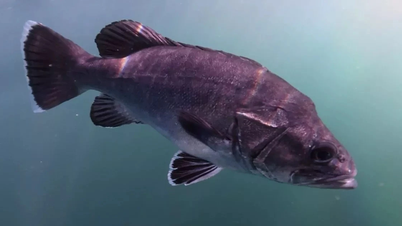
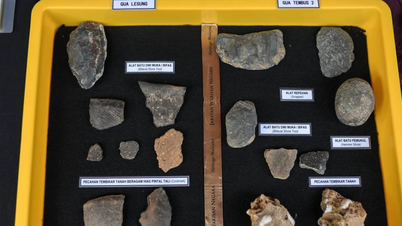


























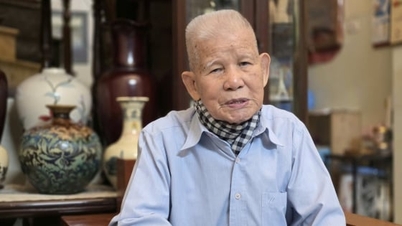







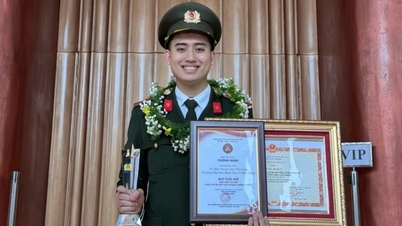

















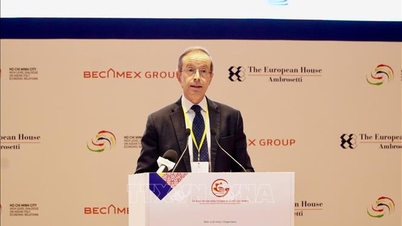


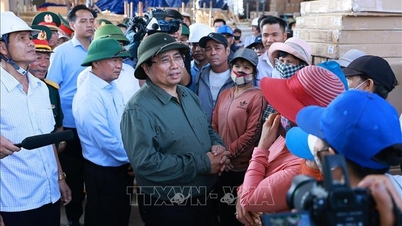








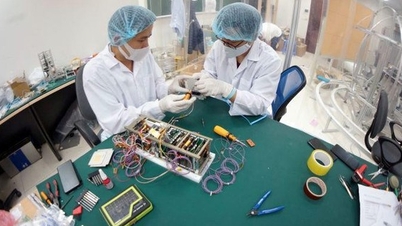


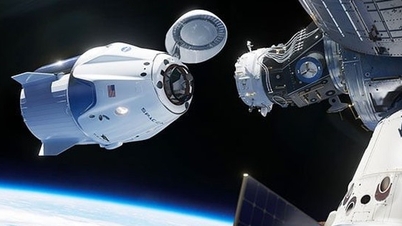
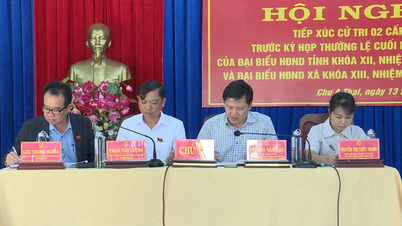



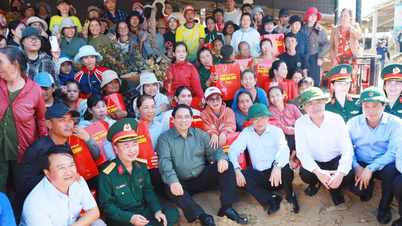


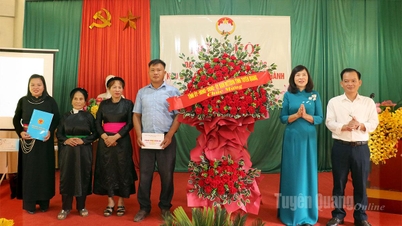






![Dong Nai OCOP transition: [Article 3] Linking tourism with OCOP product consumption](https://vphoto.vietnam.vn/thumb/402x226/vietnam/resource/IMAGE/2025/11/10/1762739199309_1324-2740-7_n-162543_981.jpeg)







Comment (0)